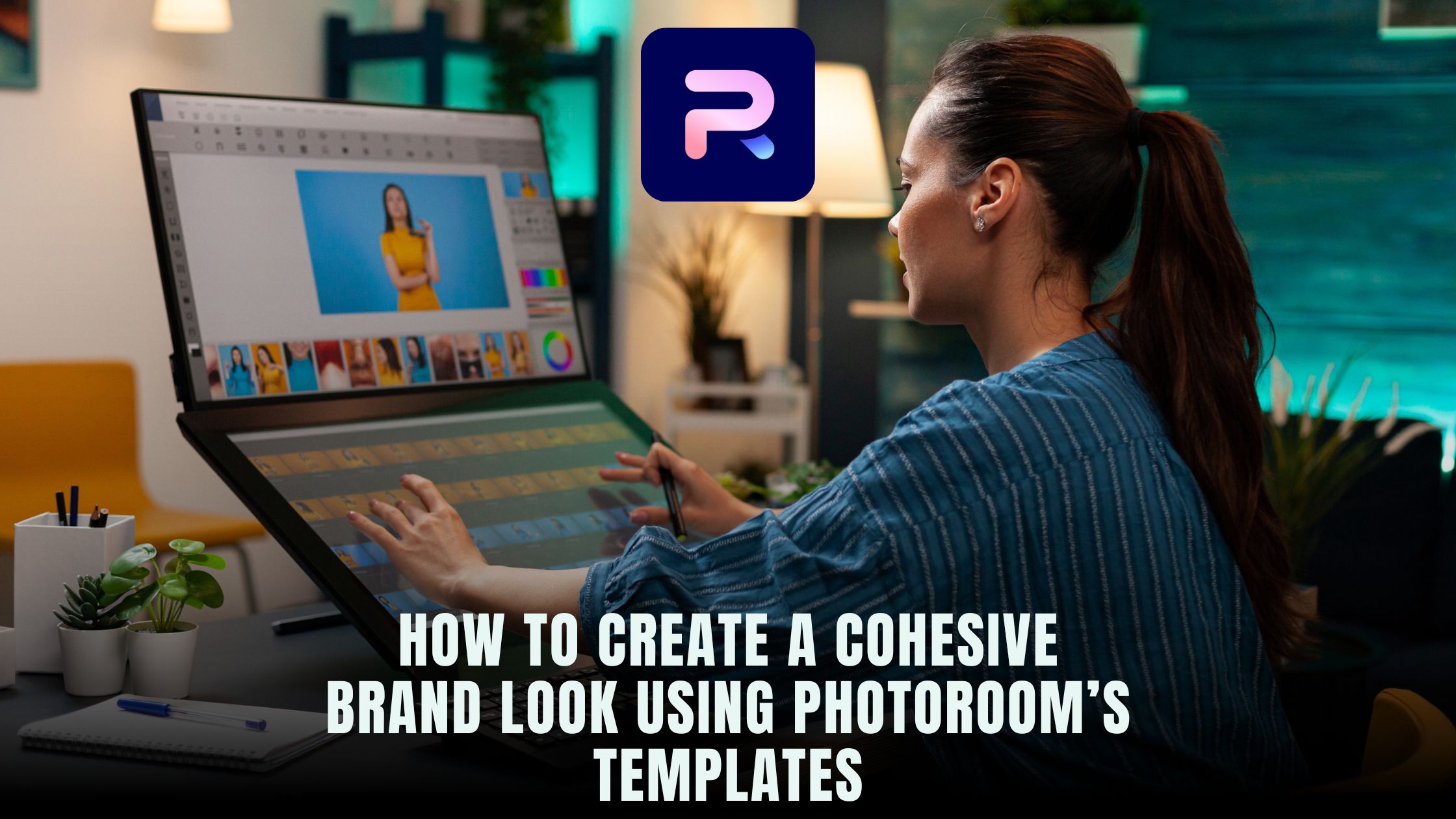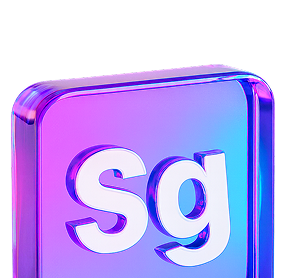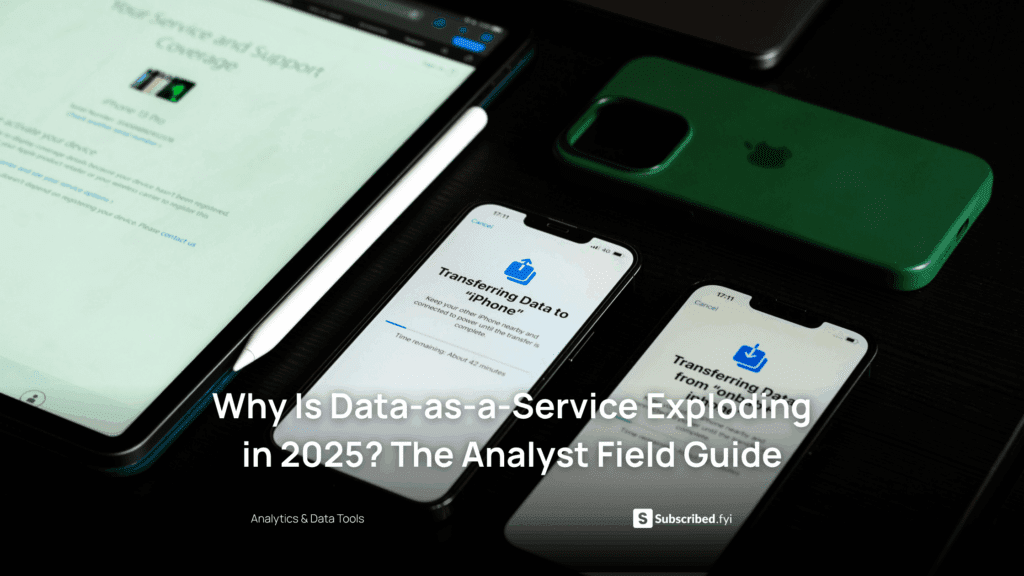How to Create a Cohesive Brand Look Using PhotoRoom’s Templates
- AI Image Generators Software AI Writing Assistant Popular Tools AI Tools WebOps Platforms Bug Tracking & Feedback Software Web Development & Design


A cohesive brand look isn’t just about pretty graphics and stylish fonts—it’s about establishing a visual identity that resonates with your audience, builds trust, and differentiates your business from the competition. Whether you run a small e-commerce store or manage a large marketing team, maintaining consistent branding is critical for long-term success. One of the most efficient ways to accomplish this is through the power of ready-to-use templates, which streamline your design process and ensure uniform visuals across all platforms.
In this comprehensive guide, we’ll explore how PhotoRoom’s templates can help you build a strong visual identity and maintain brand consistency. Along the way, we’ll discuss best practices for color schemes, font selection, and layout to create a memorable brand presence that stands out in a crowded marketplace. By the end of this article, you’ll have all the insights and actionable tips you need to leverage PhotoRoom and other tools to achieve a polished, professional brand look.
Why a Cohesive Brand Look Matters
First Impressions Are Lasting
The visual components of your brand are typically the first things customers notice. Elements like your logo, color palette, and typography set the tone for how your brand is perceived. Within seconds, a potential customer will decide whether your business appears trustworthy, modern, or outdated—solely based on your visual cues. A cohesive brand look, enabled by consistent design elements, ensures those first impressions are positive and inviting.
Consistency Builds Trust
When people see the same colors, fonts, and overall style across your website, social media profiles, product pages, and marketing materials, it sends a powerful message of reliability. Consistency tells people that you’re intentional about how you present your business. Over time, this familiarity helps shape strong brand loyalty and repeat purchases, as customers feel they know and trust your brand.
Differentiation in a Saturated Market
With digital channels growing exponentially, the competition for user attention intensifies. A cohesive brand look is more than just pleasing aesthetics; it helps you stand out in an environment flooded with advertisements and content. When your visuals are consistent, your products and services become instantly recognizable, even at a glance.
Enhanced Professionalism
No matter the size of your business, cohesive branding elevates your professionalism. Potential partners, investors, and customers will all perceive your business as more established and well-organized when your visuals reflect consistent quality. Even if you operate from a home office or run a small freelance gig, a polished brand look can make your business appear as refined as a large corporation.
PhotoRoom’s Templates: The Key to Building a Strong Visual Identity
PhotoRoom is renowned for its robust background removal, retouching, and batch editing features, but one of its most powerful offerings lies in its ready-to-use templates. These templates serve as building blocks for every aspect of your brand’s visual content, from product images and social media posts to banners and ads. Using PhotoRoom’s templates, you can craft a polished, consistent appearance without needing advanced design skills.
Instant Consistency
PhotoRoom’s templates give you immediate consistency across all your imagery. You no longer have to worry about mismatched color schemes or inconsistent layouts. By applying a single template or a set of related templates to all your visuals, you ensure a uniform presentation. This eliminates the guesswork of remembering which fonts, color codes, or margin widths you used previously. Consistency, as we’ve already discussed, is a hallmark of professional branding.
Customizing Color Schemes
One of the best ways to reinforce brand identity is through strategic color usage. PhotoRoom’s templates allow you to easily adjust background colors, overlays, and other design elements to match your brand’s color palette. When you select or create a template:
- Choose a Core Palette: Decide on one to three primary colors that represent your brand. These often include a main color (e.g., a specific shade of blue), a secondary color, and an accent color for highlights.
- Maintain Contrast and Readability: If your logo is a bright color, you might want a neutral or muted background. High contrast improves readability and ensures your message pops.
- Keep It Consistent Across Platforms: Ensure these same colors appear on your website, social media graphics, product packaging, and any print materials you produce.
Font Selection and Typography
Fonts play a critical role in setting the tone of your brand. A carefully selected font can communicate elegance, modernity, playfulness, or seriousness.
- Primary vs. Secondary Fonts: Typically, you have one primary font for headlines and another for body text. PhotoRoom’s templates let you easily apply these fonts consistently.
- Readability First: Always choose fonts that are easy to read, especially at smaller sizes. Script or novelty fonts can be used for accents but should not dominate your visuals.
- Maintain Hierarchy: In a well-designed layout, headlines, subheadings, and body copy should be clearly distinguishable. Stick to two or three font sizes in each template to maintain uniformity.
Layout and Composition
A well-structured layout balances images, text, and white space to create a visually pleasing composition. PhotoRoom’s templates come with pre-designed placements for logos, text, and product images, giving you a head start. Here’s how you can maximize them:
- Balance Whitespace: Cluttered designs overwhelm your audience. Allow enough room between elements to create breathing space.
- Use Alignment Tools: Aligning visuals symmetrically often conveys stability and order. PhotoRoom’s guidelines and grids make alignment a breeze.
- Create Visual Flow: Make sure the viewer’s eye travels naturally from the most important elements (like the product or headline) to secondary information. Utilize directional cues like arrows or contrasting colors to guide attention.
Best Practices for Using PhotoRoom’s Templates to Build Your Visual Brand
Keep Your Visuals Aligned with Your Audience
Different demographics resonate with different design styles. For instance, a playful brand targeting children or families might use bright, cheerful colors and whimsical typography, while a tech-focused brand might favor sleek lines and modern, minimalist designs. Because PhotoRoom’s templates are customizable, you can adapt them to fit your audience’s preferences precisely.
Maintain Brand Elements Across All Marketing Channels
Your logo, color palette, and font choices should be visible everywhere: from your website headers and product packaging to your email newsletters. By dedicating time to properly configure your PhotoRoom templates, you can export images ready to share across multiple channels. This universality ensures your brand presence remains steady and recognizable, whether a customer visits your Instagram page or your product listing on an e-commerce platform.
Experiment While Staying On-Brand
PhotoRoom’s wide selection of templates lets you explore various layout styles without stepping away from your brand’s established look. This is ideal for seasonal marketing campaigns or special promotions, where a fresh layout can create excitement, but the color schemes and font choices remain aligned with your brand. Small tweaks, like switching accent colors or shifting image placement, can freshen up your visuals without sacrificing brand identity.
Use High-Quality Visual Assets
Even the best template can’t save low-resolution or poorly lit images. Make sure you’re working with high-quality product photos or brand graphics before importing them into PhotoRoom. Take advantage of PhotoRoom’s retouch and background removal features to clean up any imperfections and keep your brand imagery crisp and clean. For batch processing multiple images at once, refer to PhotoRoom’s batch editing to maintain consistent quality in large volumes.
Stay Organized
Develop a folder or library system where you store your templates, fonts, and brand-related files. PhotoRoom’s interface helps you keep track of your designs, but having a clear naming system for each version or template type (e.g., “Social Media Template – Blue”, “Email Header Template – Bold Font”) prevents confusion. Staying organized ensures you can quickly find and update the correct template for any new campaign.
Leveraging PhotoRoom Beyond Templates
Background Removal for Brand Cohesion
One underrated aspect of cohesive branding is background consistency in images. If you sell products online, you likely have product photos from varied sources or in different lighting conditions. With PhotoRoom’s background removal, you can standardize these backdrops, place them against your brand’s signature color, or incorporate them seamlessly into a custom layout. This uniformity resonates with viewers, helping them focus on the product rather than mismatched environments.
Retouch and Enhance Product Images
Before you even start applying templates, ensure your images meet your brand’s standards of quality. PhotoRoom’s retouching feature allows you to eliminate blemishes, correct lighting issues, and refine details. Whether you’re tweaking a clothing product to remove wrinkles or adjusting a jewelry photo to capture sparkles, these enhancements can be crucial for upholding a polished, professional brand identity.
Batch Editing for Efficiency
Consistency isn’t just about design—it’s about speed and workflow, too. When you have hundreds (or thousands) of product photos to edit, PhotoRoom’s batch editing feature is a lifesaver. By applying a single template or style to multiple images at once, you save time and ensure your visual identity remains intact across your entire catalog. This is especially beneficial for large e-commerce stores that regularly add new items.
Color Schemes, Font Selection, and Layout: Detailed Best Practices
Below is a more in-depth look at how you can refine your color schemes, fonts, and layouts, ensuring you get the most out of PhotoRoom’s templates and your brand strategy overall.
Color Schemes
- Select a Dominant Brand Color
This color should be easily recognizable and reflect your brand personality. Fast-food giants often use red to evoke excitement and appetite, whereas eco-friendly brands tend to use greens or earthy tones. - Use Analogous or Complementary Colors
In addition to your primary brand color, choose secondary and accent colors that are harmonious. If you have a bold main hue, a complementary color provides contrast, while an analogous scheme offers a subtle gradient effect. - Apply Colors Sparingly
Avoid color overload by limiting your palette to three or four main colors. Too many colors can dilute your brand message and confuse your audience.
Font Selection
- Match Fonts to Your Brand Voice
A vintage-themed coffee shop might favor handwritten or serif fonts, whereas a cutting-edge tech startup might choose sleek, sans-serif typography. - Pair Fonts Strategically
Mixing a bold, eye-catching headline font with a highly readable body font can add depth to your design. However, limit the pairing to two or three fonts to avoid clutter. - Maintain Accessibility
Ensure the chosen fonts and their respective sizes are accessible on various screen sizes and for individuals with visual impairments. High contrast between text and background is essential.
Layout
- Create a Focal Point
Typically, this should be your product or main message. Place the focal point in an area that aligns with design principles like the rule of thirds. - Use Negative Space
In design, negative space (or white space) helps separate elements and prevent a cluttered appearance. Let your visuals breathe by not overfilling the canvas. - Leverage Guiding Lines
Subtle lines or shapes can direct the viewer’s eye to the most important parts of your design, whether that’s the product name, a logo, or a call-to-action button.
Relevant SaaS Products to Boost Your Branding Efforts
Before we wrap up, let’s explore a handful of SaaS tools that can complement PhotoRoom and streamline your branding strategy. These platforms offer capabilities ranging from design collaboration to advanced analytics, so you can manage all aspects of branding and marketing in one smooth workflow.
- Canva
Known for its drag-and-drop interface and extensive library of design elements, Canva is ideal for creating quick social media graphics or marketing materials. The platform also supports team collaboration. - Adobe Creative Cloud
Offers professional-grade tools like Photoshop, Illustrator, and InDesign for advanced image editing, vector graphics, and layout design. Integrates well with PhotoRoom for more complex projects. - Brandfolder
A digital asset management tool that organizes your brand’s files, logos, images, and videos in one easy-to-access location. Brandfolder also offers analytics to gauge the performance of your assets. - Hootsuite
Specializes in social media management, enabling you to schedule posts, track brand mentions, and measure engagement. Maintaining consistent branding across all social platforms becomes seamless. - Mailchimp
A robust email marketing platform with customizable templates that can mirror your brand’s color scheme and fonts. Great for integrating consistent branding across newsletters and promotional emails. - Trello
A project management tool that helps you plan and organize design campaigns, track tasks, and collaborate in real time. Easily integrate design briefs and attachments for clarity. - Slack
A communication platform perfect for keeping your team aligned on branding initiatives. Helps you share files, images, and feedback quickly, reducing design turnaround times.
Discover More with Subscribed.FYI
If you’re looking for ways to optimize not just your branding tools but also your entire SaaS stack, Subscribed.FYI can be a game-changer. As you develop and refine your cohesive brand look—perhaps using PhotoRoom’s templates or other creative tools—managing your software subscriptions effectively becomes essential. That’s where Subscribed.FYI steps in:
- Compare, evaluate, and manage your SaaS subscriptions in one centralized platform.
- Unlock secret deals and exclusive discounts on top-tier SaaS tools, including design software and marketing platforms.
- Access comprehensive insights, from pricing to user reviews, ensuring you choose the best software for your specific branding and business needs.
By integrating Subscribed.FYI into your workflow, you can keep track of your branding tools, manage expenses, and simplify decision-making. This all-in-one approach lets you concentrate on what truly matters: building a recognizable, unified brand that captivates your audience every single time.
Conclusion
A cohesive brand look is about more than just a color palette or stylish fonts—it’s about weaving a consistent visual story that captures your brand’s essence and resonates with your customers. By leveraging PhotoRoom’s ready-to-use templates, you can streamline your design process, maintain a unified appearance, and build trust in every interaction. From the key best practices in color, fonts, and layout to implementing advanced PhotoRoom features like background removal and batch editing, you’re now equipped to take your brand identity to new heights.
Remember, cohesive branding is a journey. As your products evolve and your audience grows, your visuals may need subtle updates. Keep refining your templates and stay open to innovation while preserving your core brand elements. With the right mix of consistency, creativity, and technology, your brand will remain memorable and impactful, winning over customers in an increasingly competitive market.
Relevant Links
Below are the direct links mentioned throughout the article. All links open in a new tab for a seamless browsing experience:
- PhotoRoom: Main Page | Deals
- AI Image Generators Software: Explore Tools
- Subscribed.FYI: Homepage | Deals
- Canva: Official Website
- Adobe Creative Cloud: Official Website
- Brandfolder: Official Website
- Hootsuite: Official Website
- Mailchimp: Official Website
- Trello: Official Website
- Slack: Official Website











